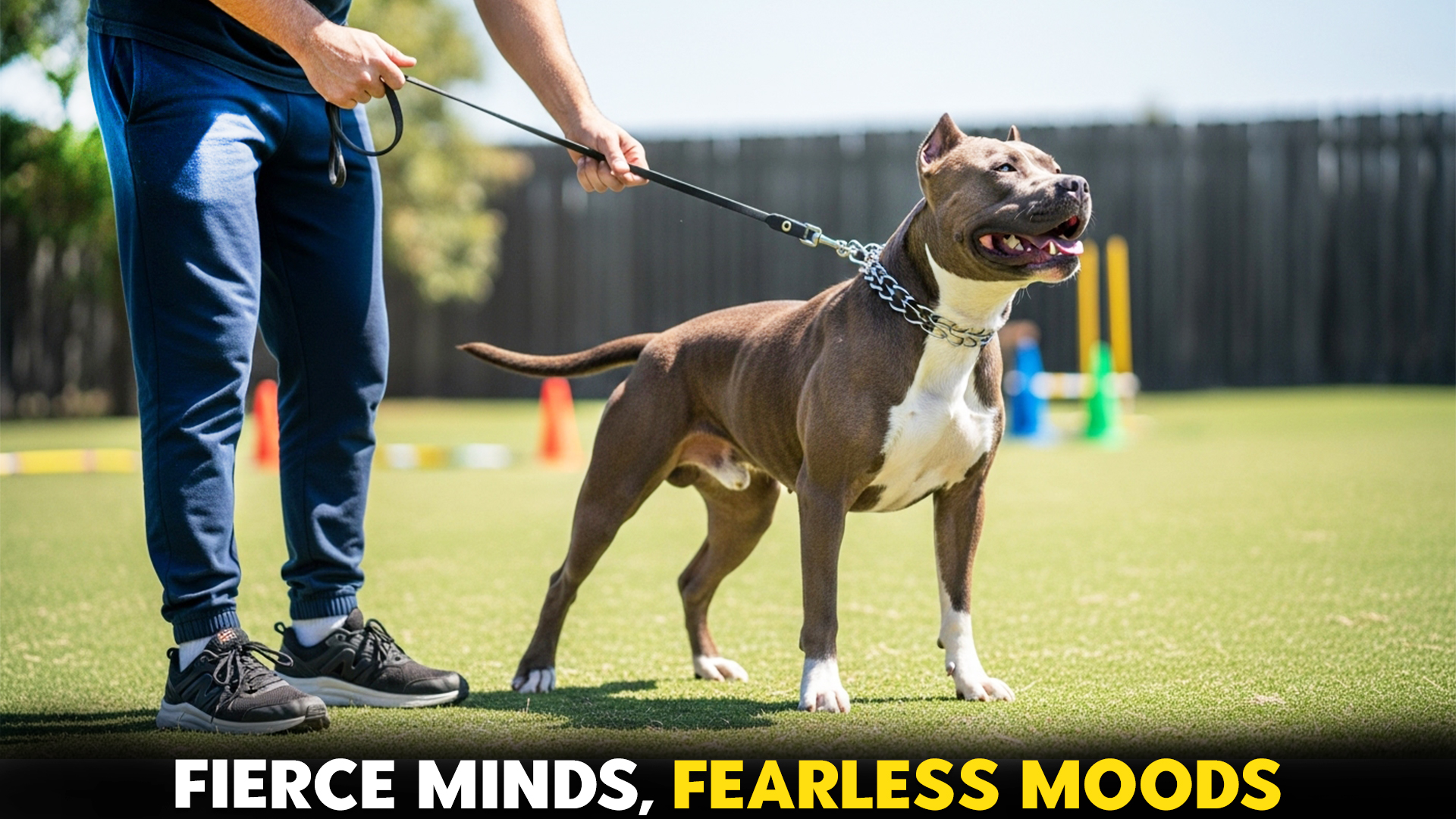Have you ever wondered why some amazing dog breeds with the worst temperaments ever still manage to win people’s hearts?
It’s easy to fall for their loyal eyes and warm cuddles, but beneath that charm, certain breeds carry instincts that can surprise even the most loving dog owner.
Every dog breed tells a story — some were bred for guarding, others for hunting, and a few for companionship. However, when their natural instincts aren’t balanced with proper training and early socialization, they can lead to aggressive behavior that challenges even experienced owners.
According to a National Library of Medicine report, an estimated 4.5 million dog bites occur each year in the United States. This alarming number reminds us that even the most loyal pets can become unpredictable without structure and care.
In this article, we’ll explore the most popular dog breeds known for their difficult temperaments — and uncover what makes these dogs both powerful and deeply misunderstood.
Amazing Dog Breeds With The Worst Temperaments Ever
Here is the list of the most dangerous dog breeds.
1. Akita
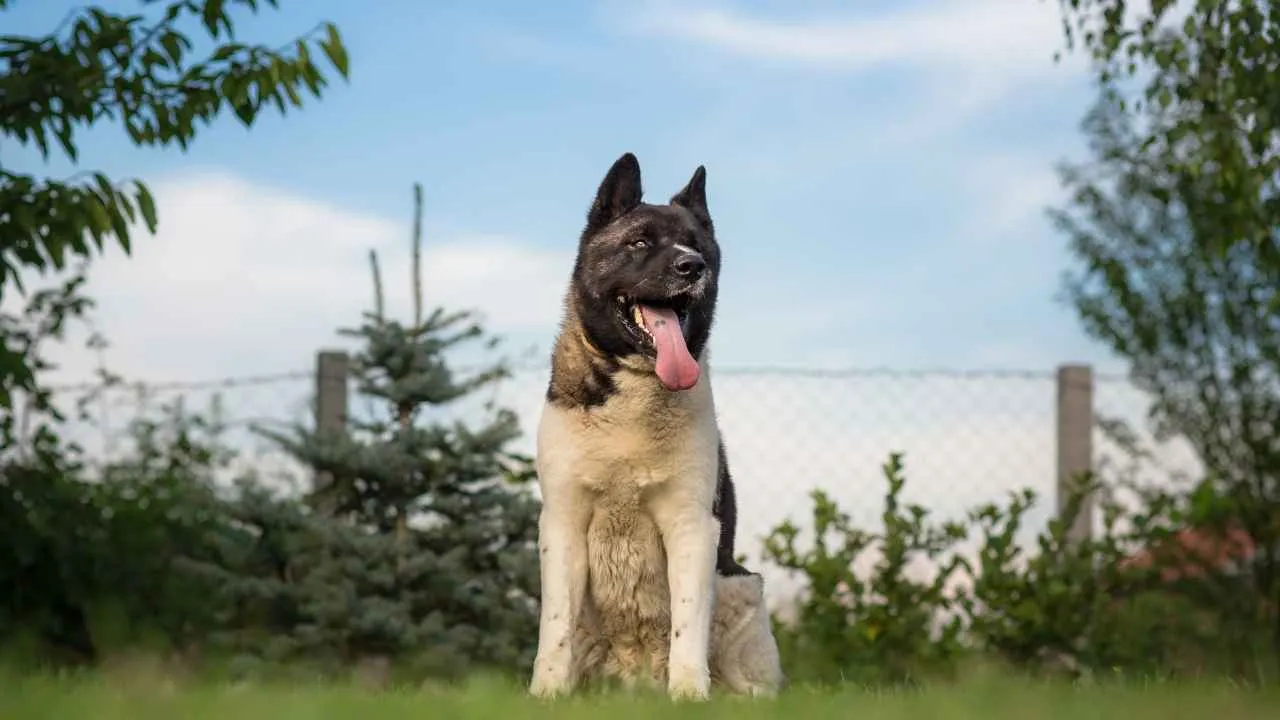
Have you ever met a dog that looks calm as a statue—but could suddenly decide it’s the boss of the house?
That’s the Akita for you!
The Akita is a stunning dog breed with a noble face and a heart full of loyalty. Originally from Japan, these powerful dogs were bred to guard royalty and hunt large animals like bears.
Their protective instincts run deep, which is why they can sometimes appear aggressive or overly dominant toward strangers or other dogs. Without early socialization, they can misread friendly gestures as threats.
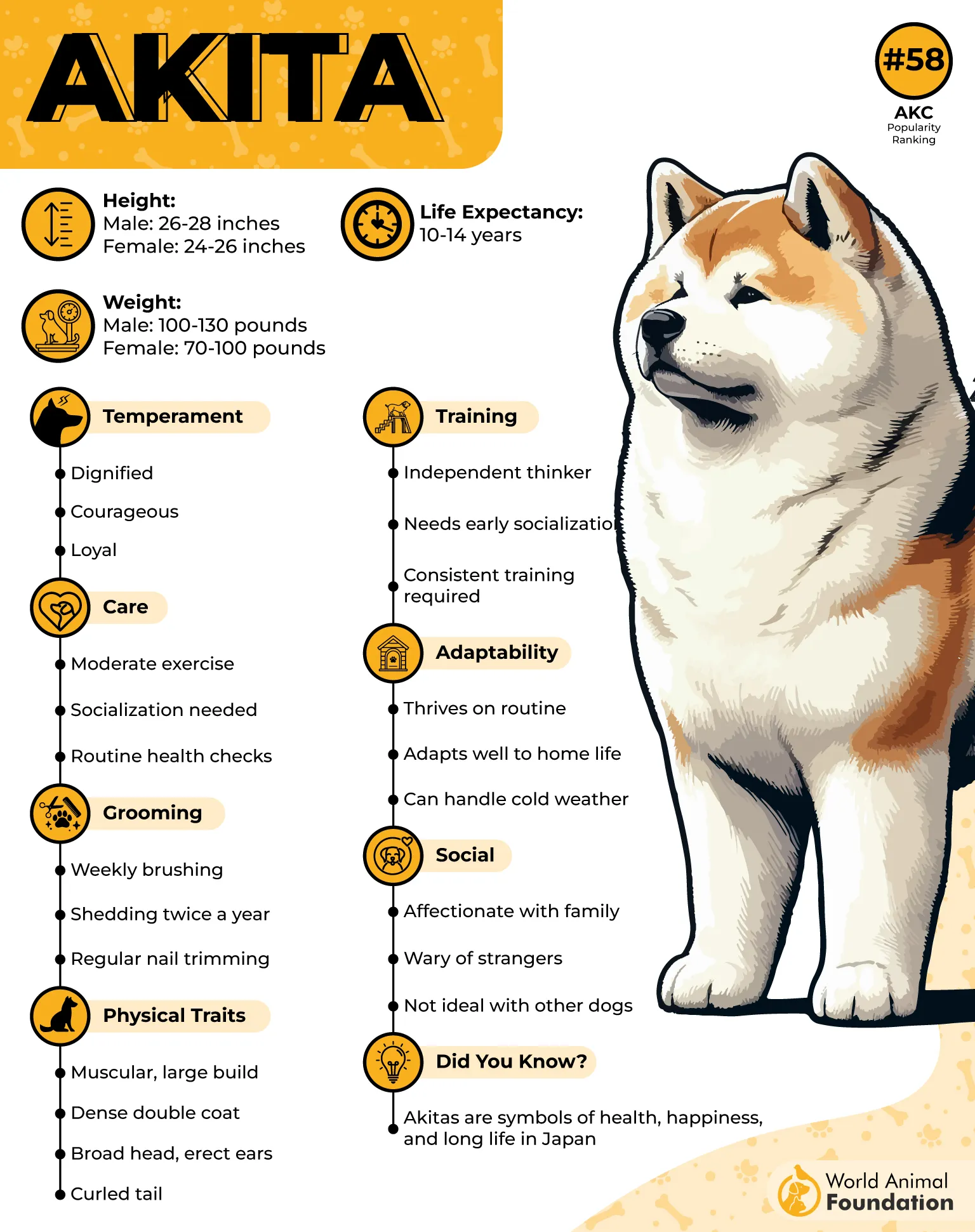
That’s why this majestic breed, while incredibly faithful, can also be one of the most dangerous dog breeds if not properly guided. Akitas thrive when given consistent training, structure, and plenty of mental and physical stimulation.
They’re not ideal for first-time owners, but with proper training, they can become calm, confident companions who respect their family’s rules. Still, their strong prey drive and independent behavior mean they need careful management around smaller pets and new visitors.
Fun Fact:
According to Purina, Helen Keller is often credited with introducing the first Akita to the United States after receiving a puppy from Japan’s Ministry of Education during her 1937 visit. However, it’s likely that some Akitas had already been brought to America earlier by soldiers returning from the war.
2. American Pit Bull Terrier
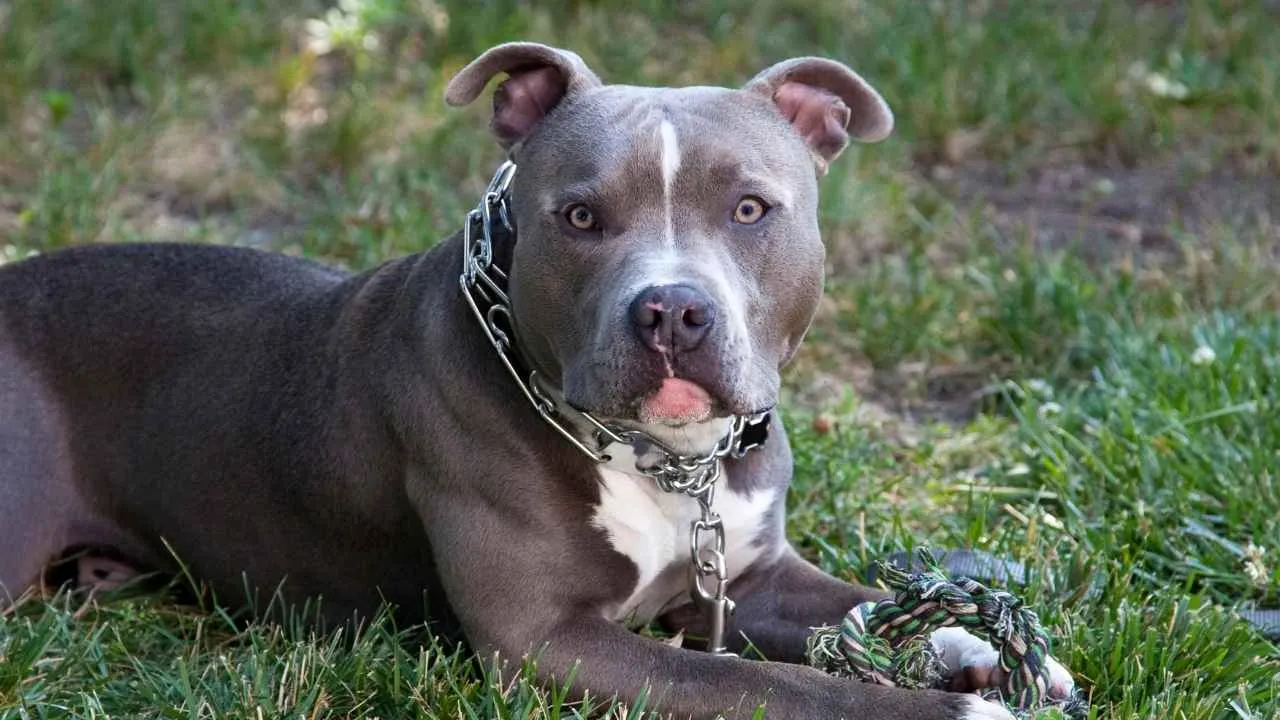
What happens when strength, confidence, and courage come wrapped in a smile that melts hearts?
You get the American Pit Bull Terrier—a dog both loved and feared in equal measure.
The American Pit Bull Terrier has long been at the center of debates about dangerous dog breeds. Originally bred as fighting dogs, their determination and bravery were once seen as valuable traits.
However, when these dogs lack proper training and firm guidance, that same courage can lead to unwanted aggression or a powerful bite. Many pit bull attacks happen not because of the breed’s nature, but because the dog owner fails to provide structure, discipline, and early socialization.
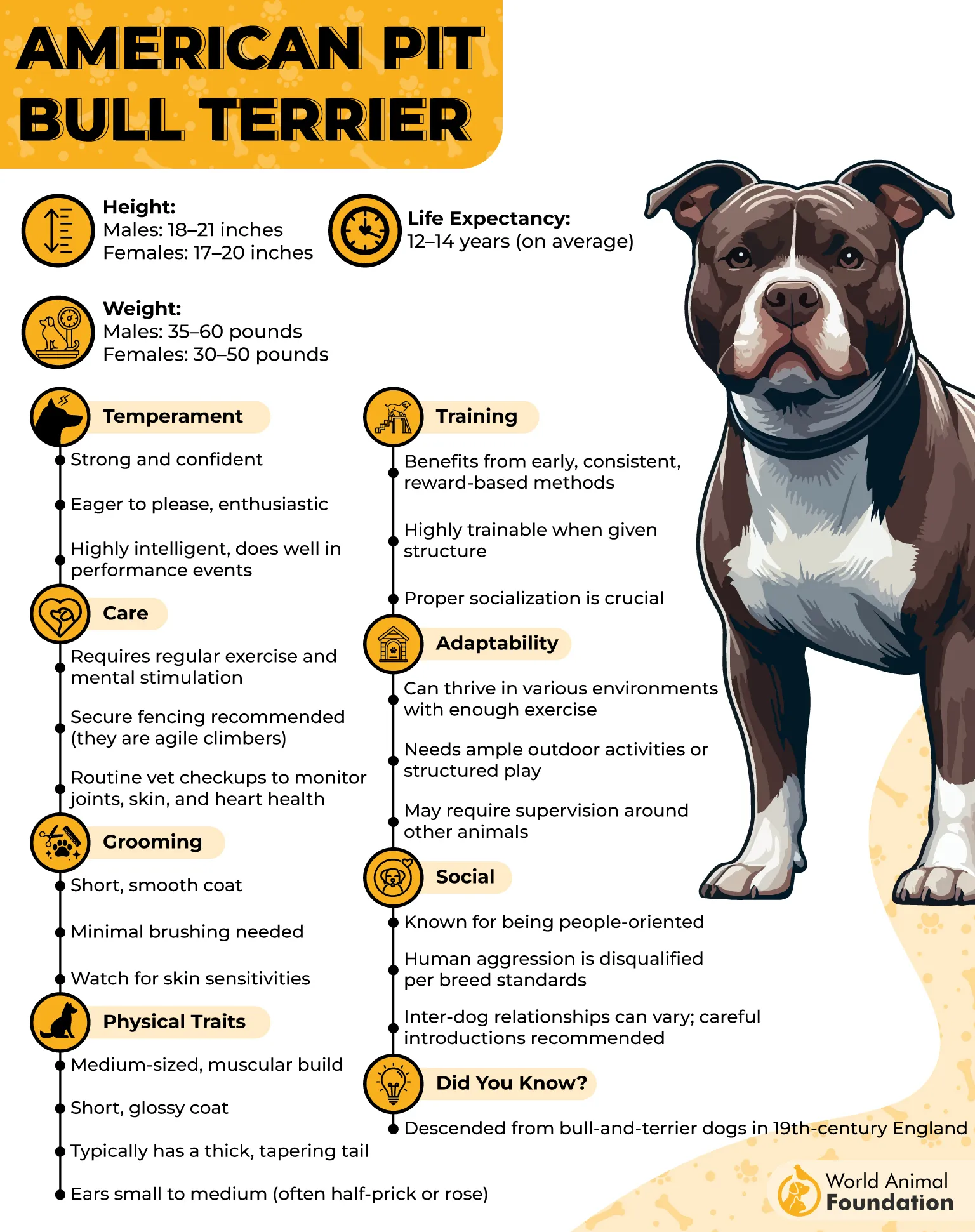
These dogs crave mental and physical stimulation—without it, their strong energy can turn destructive. Despite their tough reputation, pit bulls can be gentle, loyal family companions when raised with patience and love.
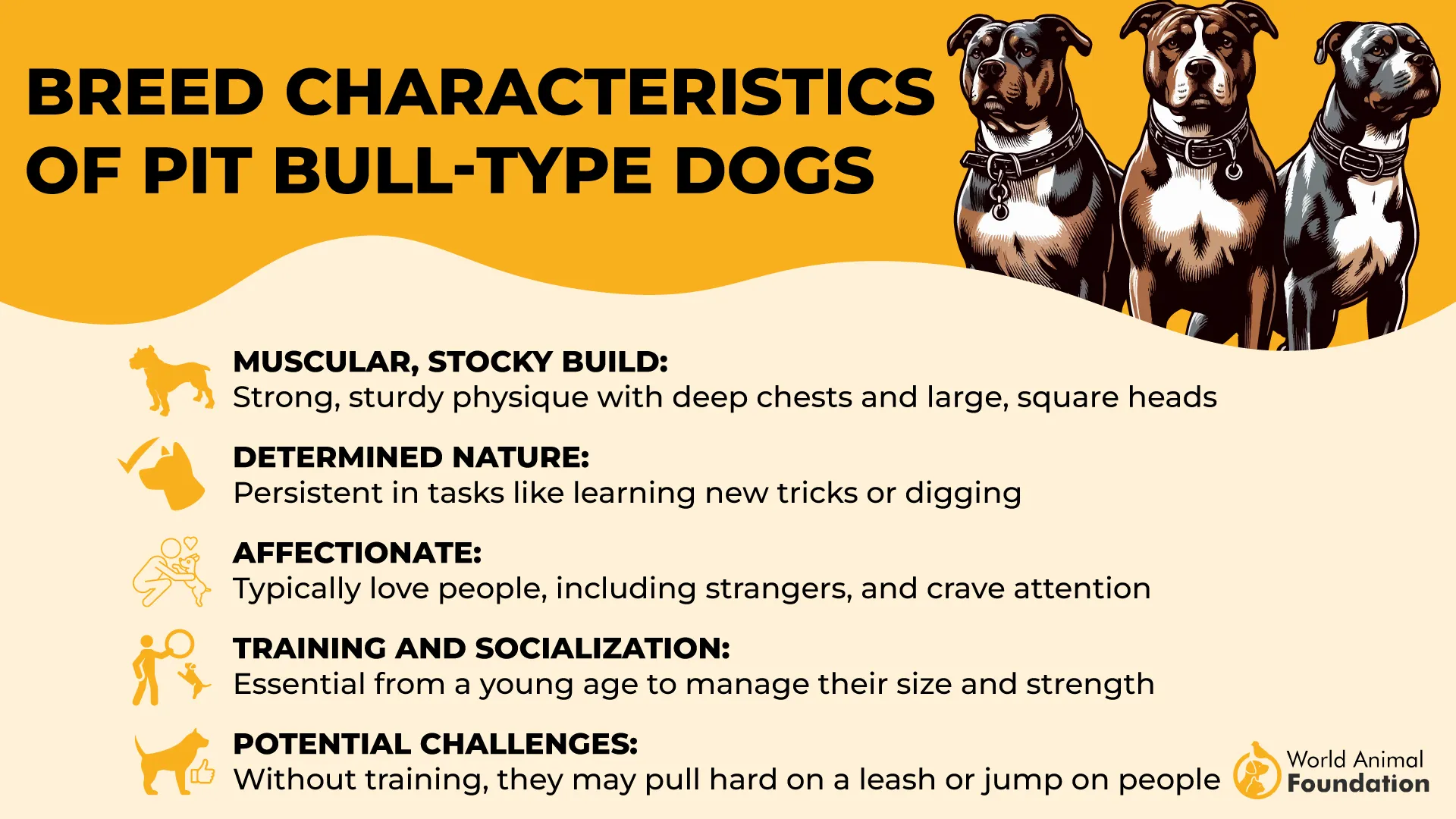
As PetMD explains, they’re deeply affectionate toward their humans and thrive on positive training and play. Understanding their behavior and giving them purpose can transform them from misunderstood fighters into devoted friends.
Fun Fact:
Pit Bulls were once called “nanny dogs” in early 20th-century America because of their protective nature around children.
3. Rottweiler
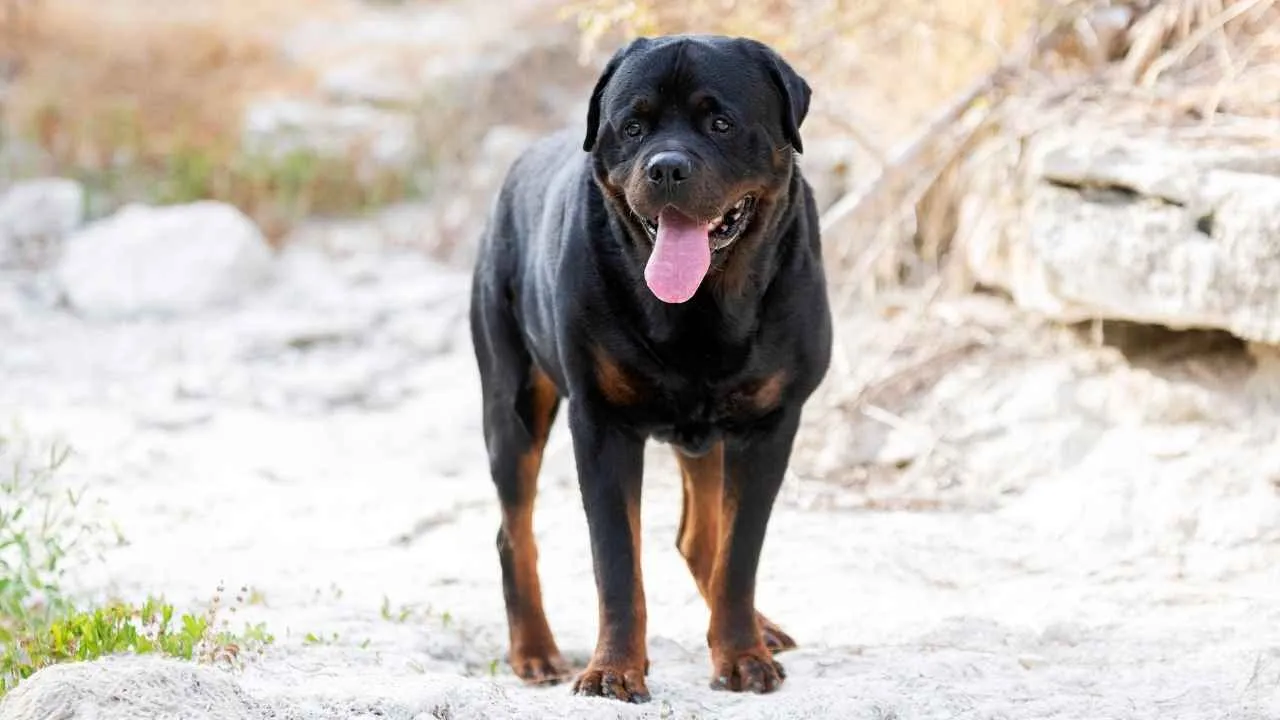
They stand tall, their dark eyes watchful and calm—but don’t be fooled.
When it comes to loyalty and power, few dogs command respect like the Rottweiler.
The Rottweiler is one of the world’s most trusted guard dogs, known for its courage and unwavering protective instincts. Originally bred to drive cattle and pull carts, this dog breed has a deep desire to protect its family and territory.
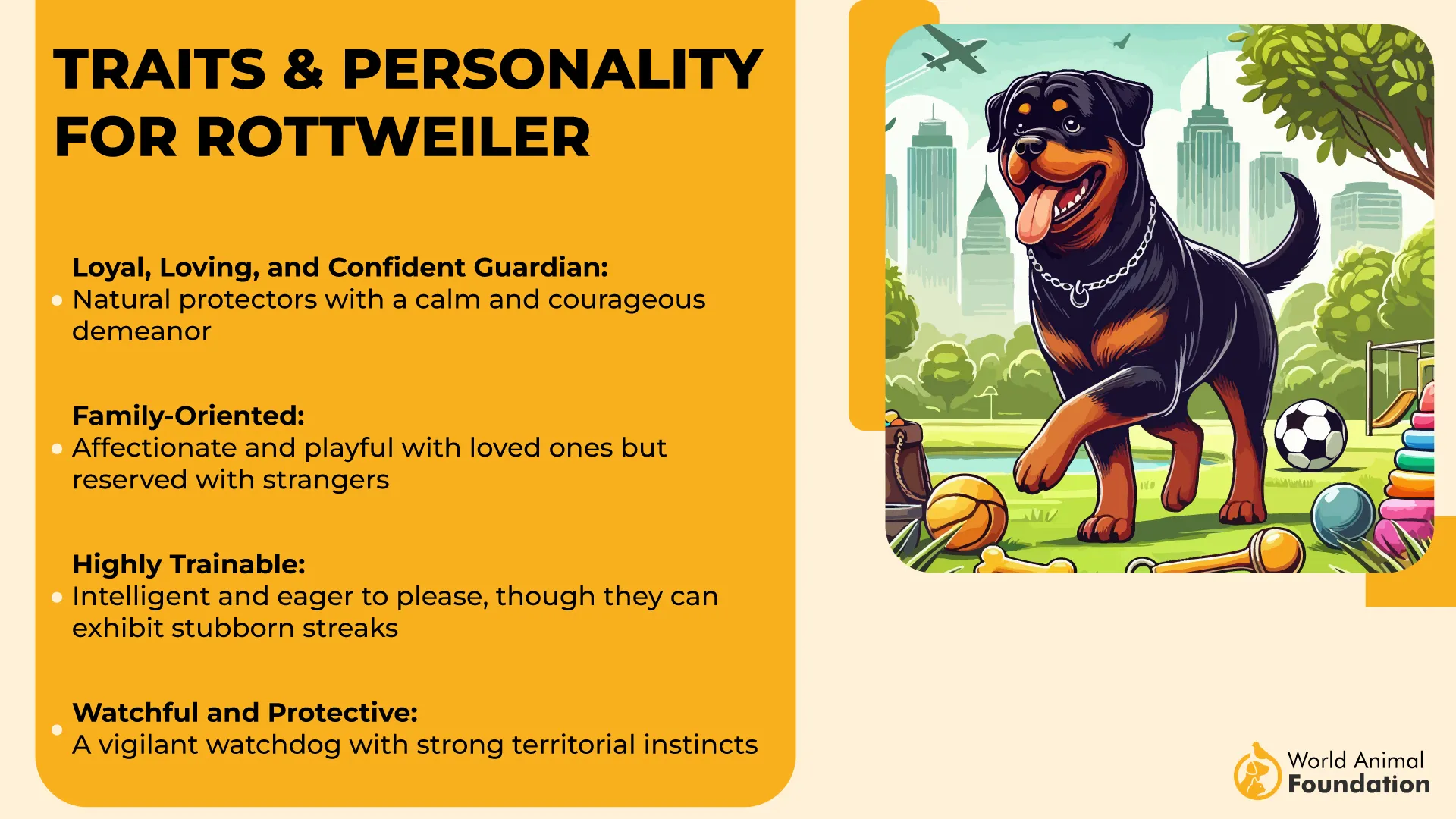
However, that same instinct can sometimes appear as aggression when faced with unfamiliar people or other dogs. For inexperienced owners, managing this confident breed can be a real challenge, especially without consistent training or early socialization.
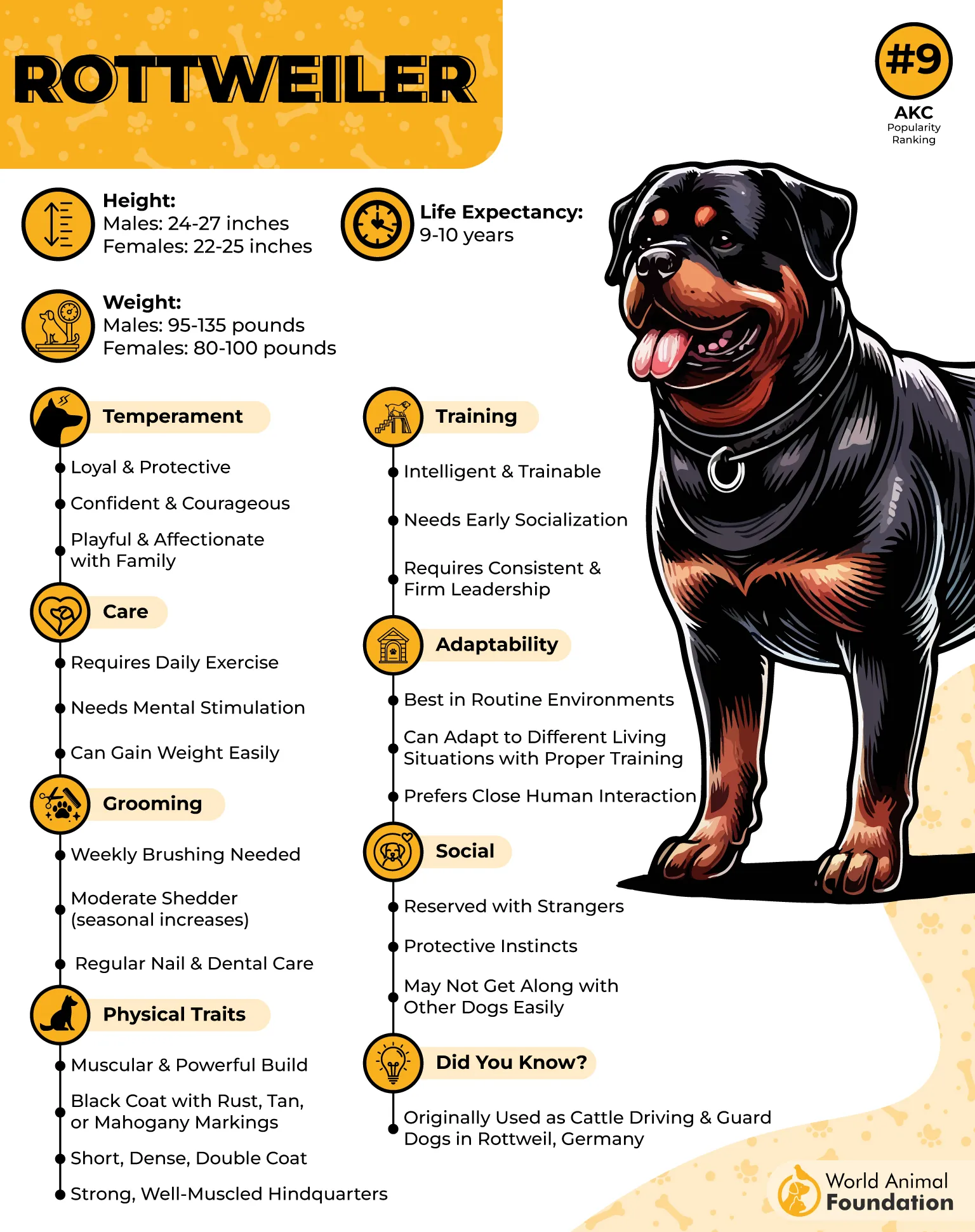
Their temperament depends heavily on how they’re raised—firm yet loving guidance shapes them into balanced companions. Rottweilers are intelligent and eager to please, which makes structured training essential.
They thrive when their energy is directed toward purposeful tasks and mental stimulation, transforming potential aggression into calm confidence.
Fun Fact:
Rottweilers were once known as “butcher’s dogs” in Germany because they helped pull meat carts to market—a job that showcased both their strength and loyalty.
4. Dogo Argentino
Ever seen a dog that looks like it stepped out of a superhero movie—muscular, confident, and fearless?
That’s the Dogo Argentino, a breed that’s as impressive as it is intense.
Bred in Argentina for hunting big game, the Dogo Argentino was designed to be both brave and unbreakable in spirit. This powerful dog has natural instincts that make it fearless in the wild but sometimes difficult to manage in a modern home.
Without regular exercise and the right training, their bold nature can easily turn into stubbornness or aggression. They can also become dominant toward other dogs or smaller animals, especially if not properly trained from a young age.
That’s why experts often recommend this breed only to experienced handlers who can channel its energy and confidence into positive behavior. The Dogo Argentino ranks among the world’s most dangerous dog breeds when left untrained, mainly due to its unmatched strength and determination.
Fun Fact:
As noted by Britannica, this breed was originally developed by Dr. Antonio Nores Martínez in the 1920s to create the perfect balance between power, endurance, and loyalty—a true symbol of courage.
5. Cane Corso
If confidence had four legs and a deep bark, it would probably look like the Cane Corso—a dog that doesn’t just guard your home but practically owns it.
The Cane Corso is an ancient Italian guard dog once bred to protect farms and livestock. With a muscular body and watchful eyes, this popular dog breed carries a powerful sense of protection. However, that same instinct can turn into aggression if not managed through proper training and firm leadership.
Their high prey drive means they may chase other animals or react quickly to sudden movement, especially when not given enough mental and physical stimulation. Because of this, early guidance during a young age is key to shaping calm behavior and a balanced temperament.
The Cane Corso ranks among the most dangerous dog breeds if left untrained—not because it’s evil, but because its power and confidence need direction.
Fun Fact:
Cane Corso’s name comes from the Latin word “cohors,” meaning “guardian” or “protector,” perfectly fitting its fearless personality.
6. Chow Chow
With its lion-like mane and teddy-bear face, the Chow Chow might look cuddly—but don’t be fooled by the fluff.
Beneath that fur lies one of the most powerful dogs with a deeply territorial temperament.
Chow Chows often get labeled as aggressive, not because they seek conflict, but because they are incredibly loyal and quick to protect their space and family. Their strong instincts can lead them to be standoffish toward other pets or strangers if they aren’t properly guided.
These dogs demand early and consistent socialization to help them stay calm in different environments. Without it, they may grow stubborn or defensive, especially around unfamiliar faces.
Their independence means they respect firm yet gentle guidance—making them a better match for experienced owners who understand how to manage confident breeds. Proper structure and leadership can transform this serious guardian into a devoted, well-balanced companion.
Fun Fact:
Did you know the Chow Chow has a blue-black tongue, a trait shared with only a few other breeds in the world? This unique feature makes them stand out even more—and adds to their mysterious, ancient charm dating back over 2,000 years in China.
7. Siberian Husky
With striking blue eyes and wolf-like looks, the Siberian Husky is one of the most captivating yet challenging breeds to handle.
Their origins as sled dogs in harsh Arctic conditions shaped them into energetic and intelligent animals with incredible endurance and independence. However, this same spirit can make them difficult for inexperienced owners to control.
Huskies are not naturally aggressive, but they can exhibit undesirable behavior or destructive habits if they lack mental stimulation and regular exercise.
Their strong prey drive, inherited from their close connection to wolves, often makes them chase smaller animals or run off when something catches their attention.
Consistent training and an active lifestyle are key to maintaining their balance. With the right structure, a Siberian Husky can be a loyal and affectionate companion who thrives on movement, freedom, and strong leadership.
Fun Fact:
Did you know that a Siberian Husky once helped save an entire town? In 1925, a team of Huskies led by the famous dog Balto raced across Alaska in freezing blizzards to deliver life-saving medicine to Nome. Their heroic journey covered over 600 miles and became one of the greatest tales of canine endurance and loyalty in long history.
Conclusion
In the end, it’s important to remember that no dog breed is born bad — it’s how they’re raised, trained, and treated that shapes their behavior.
While these breeds, like the Akita, Rottweiler, Cane Corso, and Siberian Husky, may have reputations for aggression, the truth is that responsible owners, proper training, and early socialization can make all the difference.
Even the most aggressive breeds can become loyal family protectors when handled with patience and love. Whether you’re walking past a fence or introducing a new puppy to your home, always remember that understanding a dog’s behavior is the key to safety and harmony.
No matter how fierce they seem, every dog deserves the chance to be understood, respected, and given a life filled with hope, control, and care.


